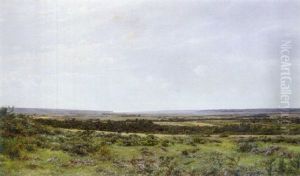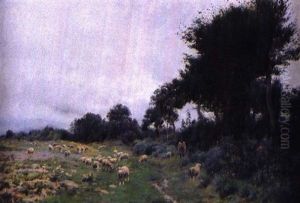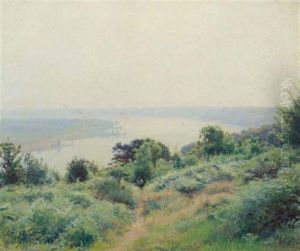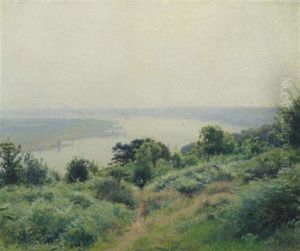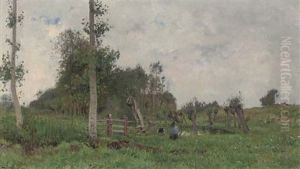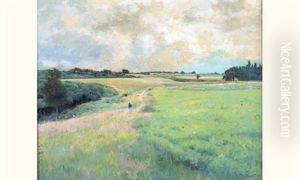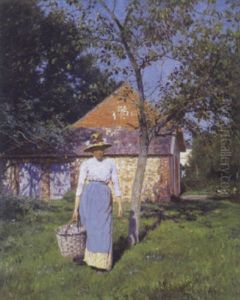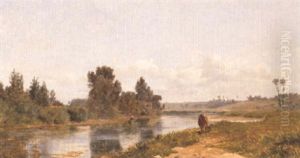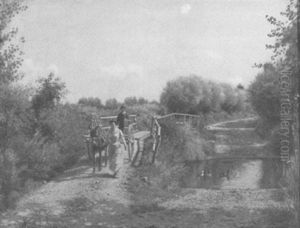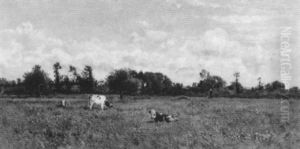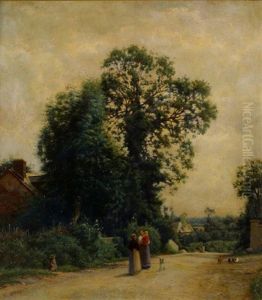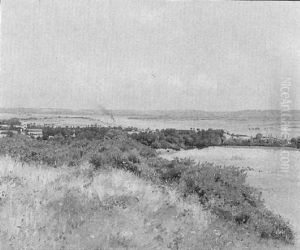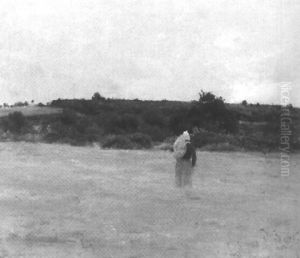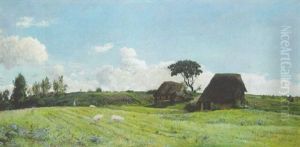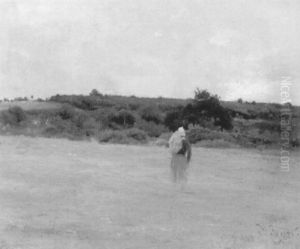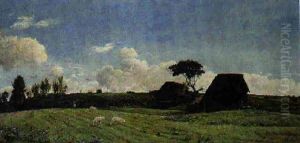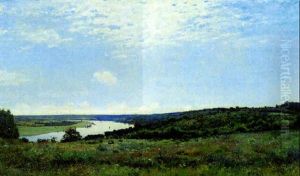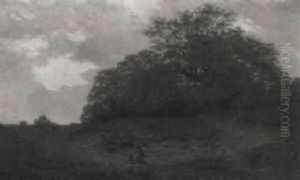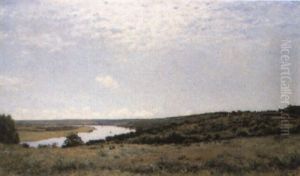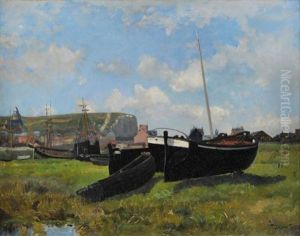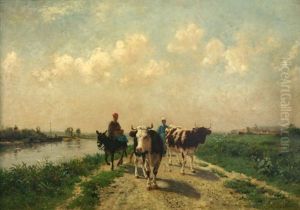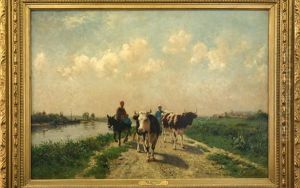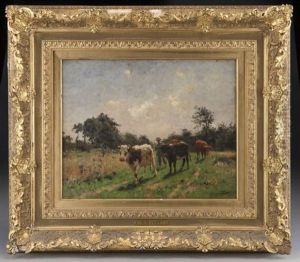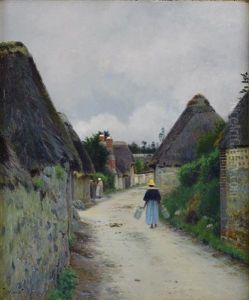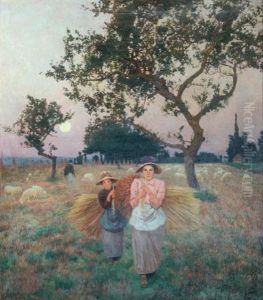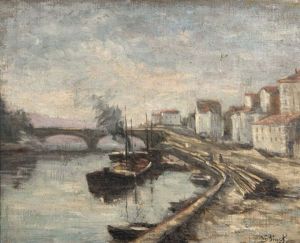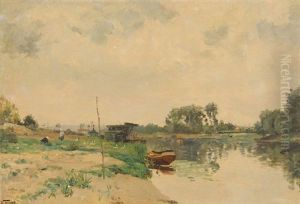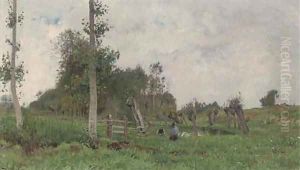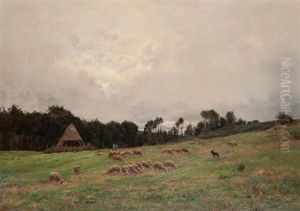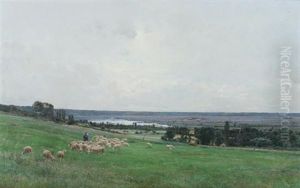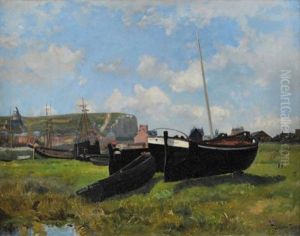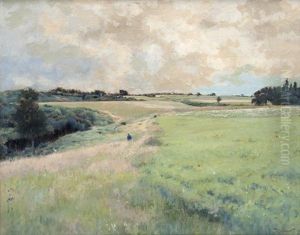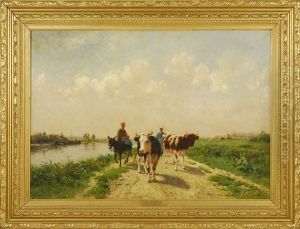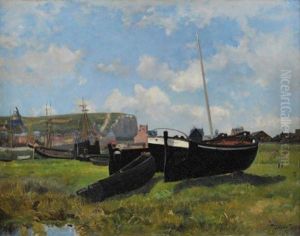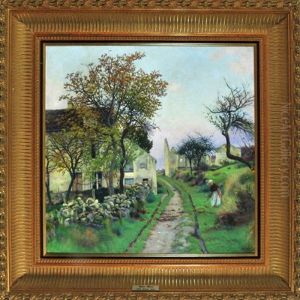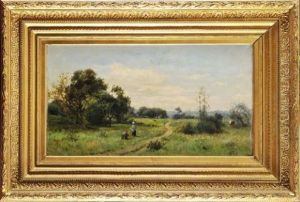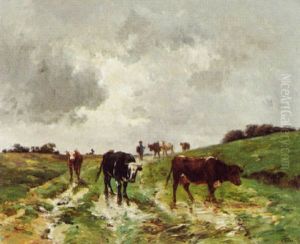Victor Binet Paintings
Victor Binet was a French artist known for his landscape paintings and his work within the Barbizon school, a French art movement that was part of a larger European interest in landscape painting. Born on November 28, 1849, in Mondeville, Calvados, in the Normandy region of France, Binet developed an affinity for the arts at a young age.
His artistic career began when he moved to Paris to study under renowned painters like Emile Bin who was known for his history paintings and landscapes. Binet’s work was heavily influenced by the Barbizon school, which emphasized the beauty of the French countryside and often featured realistic and sometimes somber depictions of rural life. This school of thought was a precursor to the Impressionist movement, and artists like Binet helped bridge the gap between traditional landscape painting and the new styles that were emerging towards the end of the 19th century.
Although not as widely known as some of his contemporaries, Victor Binet's work was appreciated in his time. He exhibited at the Paris Salon, a prestigious event where many artists of the era gained recognition. His paintings often depict the Normandy coast and the French countryside, characterized by a traditional use of color and attention to the effects of light, which he rendered with a delicate touch.
Victor Binet's dedication to capturing the French landscape did not go unnoticed. He was awarded medals for his work in 1884 and 1889 at the Salon. Despite his alignment with the Barbizon movement, his work also displayed a sensitivity to the atmospheric conditions of his scenes, a quality that heralded the Impressionist concern with light and its ephemeral qualities.
Binet's works are part of various collections and continue to be appreciated by art historians and collectors alike for their contribution to the landscape genre in French art. Victor Binet passed away on February 14, 1924, leaving behind a legacy that is emblematic of the transition in French landscape painting in the late 19th century.
